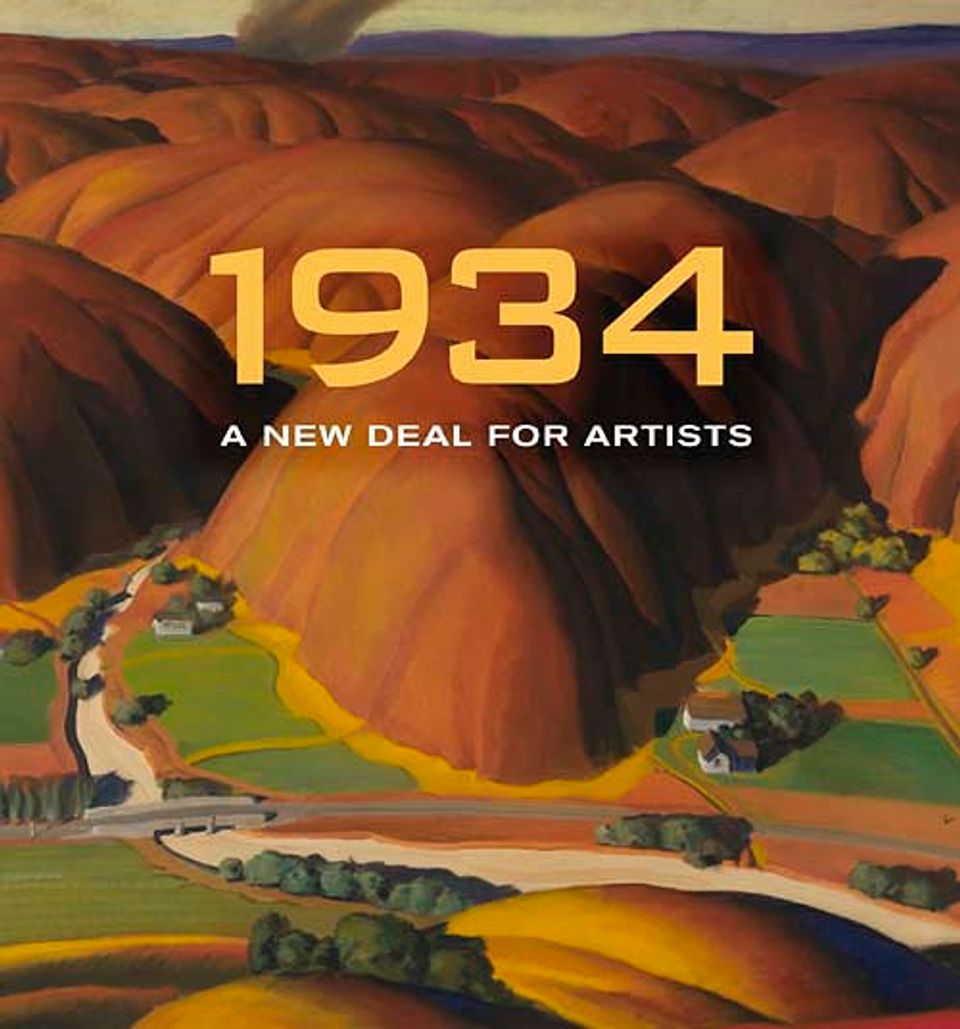Ross Dickinson
- Also known as
- Ross Edward Dickinson
- Born
- Santa Ana, California, United States
- Died
- La Jolla, California, United States
- Biography
Long before Ross Dickinson received any formal training, he experimented with oil paint and educated himself through reading. Awarded a scholarship to the Chouinard Art Institute in Los Angeles, Dickinson studied with Frank Tolles Chamberlin (1873–1961) and became interested in mural painting. In 1926 Dickinson spent nine months in New York City studying with John Costigan at the Grand Central School of Art and Charles Hawthorne at the National Academy of Design; he also received a scholarship from the Tiffany Foundation. Dickinson returned to California later that year and studied at the Santa Barbara School of Fine Arts, where he received his first mural commission.
He soon married sculptor Daisy Hanson, and they established themselves, albeit under adverse financial conditions, as artists and teachers in Santa Barbara. Dickinson depicted the varying California landscape and men and women at work, which often aligned him with California regionalism. By 1934 he was involved in the Public Works of Art Project, which led to numerous mural commissions in the mid-1930s. His later work displays a stylistic change, as he moved toward freer brushwork in fast-drying acrylics through the 1950s and 1960s. He continued to work and exhibit in the southern California area until his death in Santa Barbara in 1978.
National Museum of American Art (CD-ROM) (New York and Washington D.C.: MacMillan Digital in cooperation with the National Museum of American Art, 1996)















